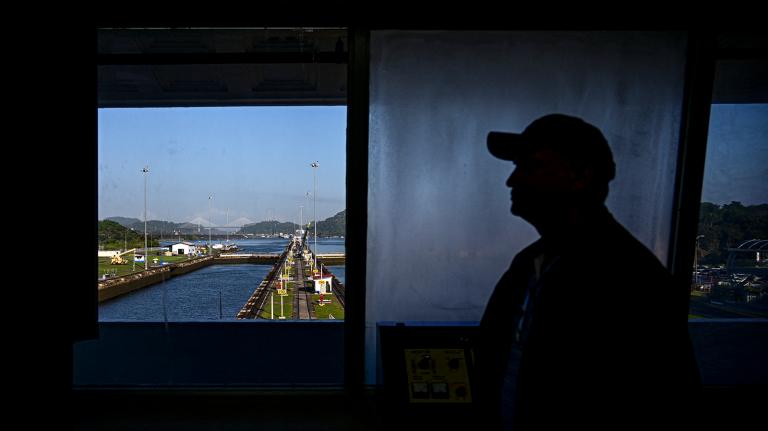Next to a busy train station in Buenos Aires, not far from the chic restaurants and condos getting all the attention these days, lies another world. Behind a gate is a long metal shed, once used to store trains. This is La Casa del Afectado Social y Ambiental — literally, “the house of the enviro-socially affected.” Here, amidst the bustle of traffic and commuters, hundreds of people on the flip side of the nation’s renewed glitter are taking a stand.
It may have seemed like a good idea at the time: in 1983, on the Paraná River that forms part of the border between Argentina and Paraguay, the World Bank-funded Yacyretá Dam broke ground. One of the largest dams in the world, the Yacyretá eventually flooded 100,000 hectares of wilderness, displacing more than 80,000 people in both countries. It is still unfinished, and has cost more than $12 billion — well over its original $2.4 billion budget — while producing far less power than projected. While he was still president of Argentina, Carlos Menem dubbed the 70-kilometer long dam a “monument to corruption.” Patrick McCully, executive director of International Rivers, calls Yacyretá “one of the world’s most absurdly destructive dams.”
Those displaced by the resulting reservoir — which reached its full extent in 1998 — were promised resettlement, but this often amounted to unsuitable housing far from anywhere they could practice their livelihoods. The affected joined a sad international brotherhood: the World Bank has funded more than 500 large dams in nearly 100 countries since its inception in 1944, displacing an estimated 10 million people — the majority of whom, according to the Bank itself, never regain their standard of living.
In 1996, communities displaced by the Yacyretá project filed a complaint with the World Bank and the Inter-American Development Bank. Three years later, 1,200 affected families filed a case in Argentina’s Federal Court against the Entidad Binacional Yacyretá, the body that operates the dam.
The cases have, predictably, dragged on. Last year, hundreds of displaced people from the north traveled more than 500 miles to Buenos Aires to make their voices heard in protest. Around 400 of them took up residence as squatters in this abandoned shed. With no options at home — and no homes — they are eking out a living picking up the pieces in the booming urban economy: working as freelance “cartineras” (cardboard collectors) while they wait, and wait, and wait for justice.

